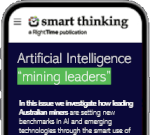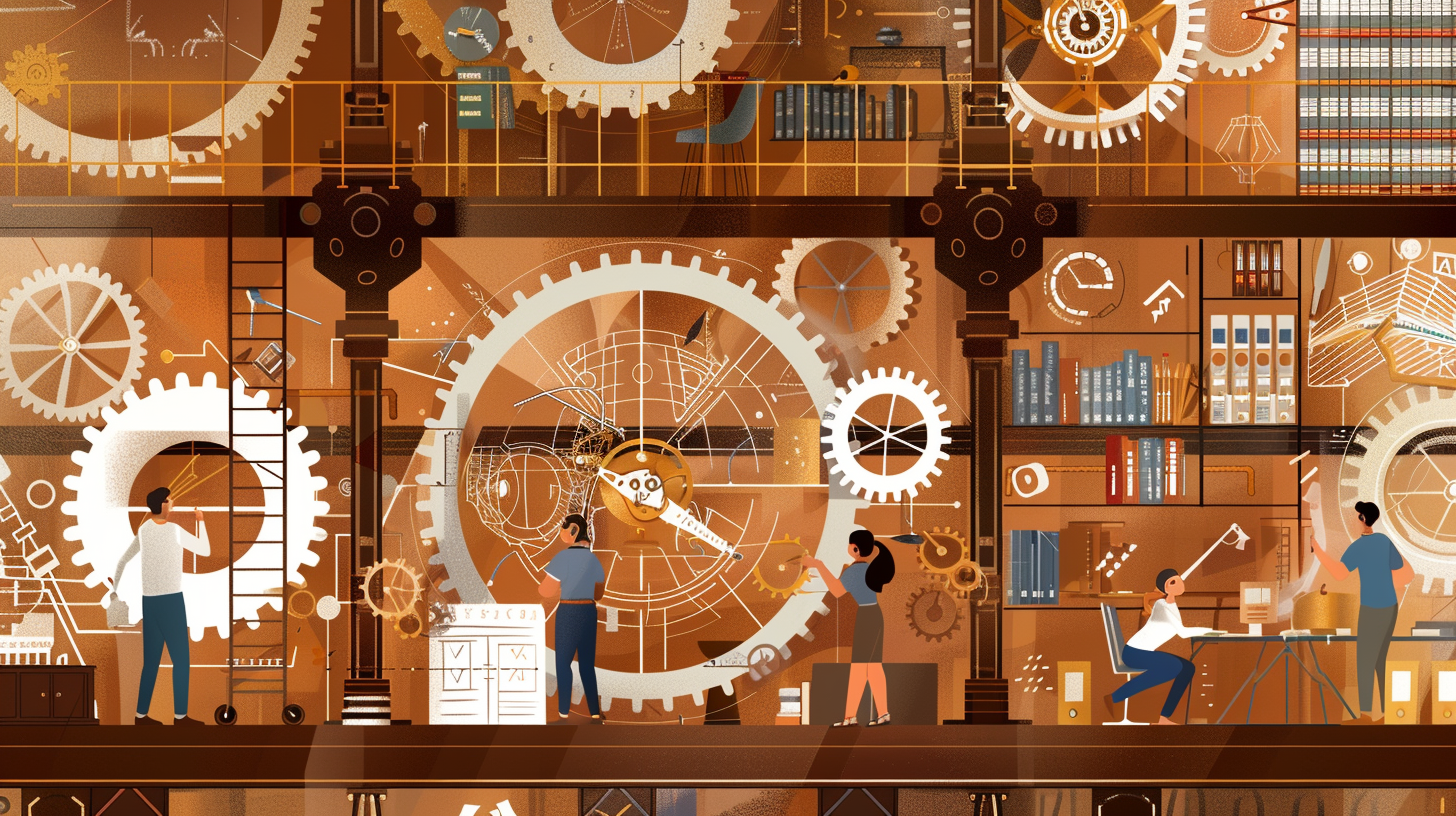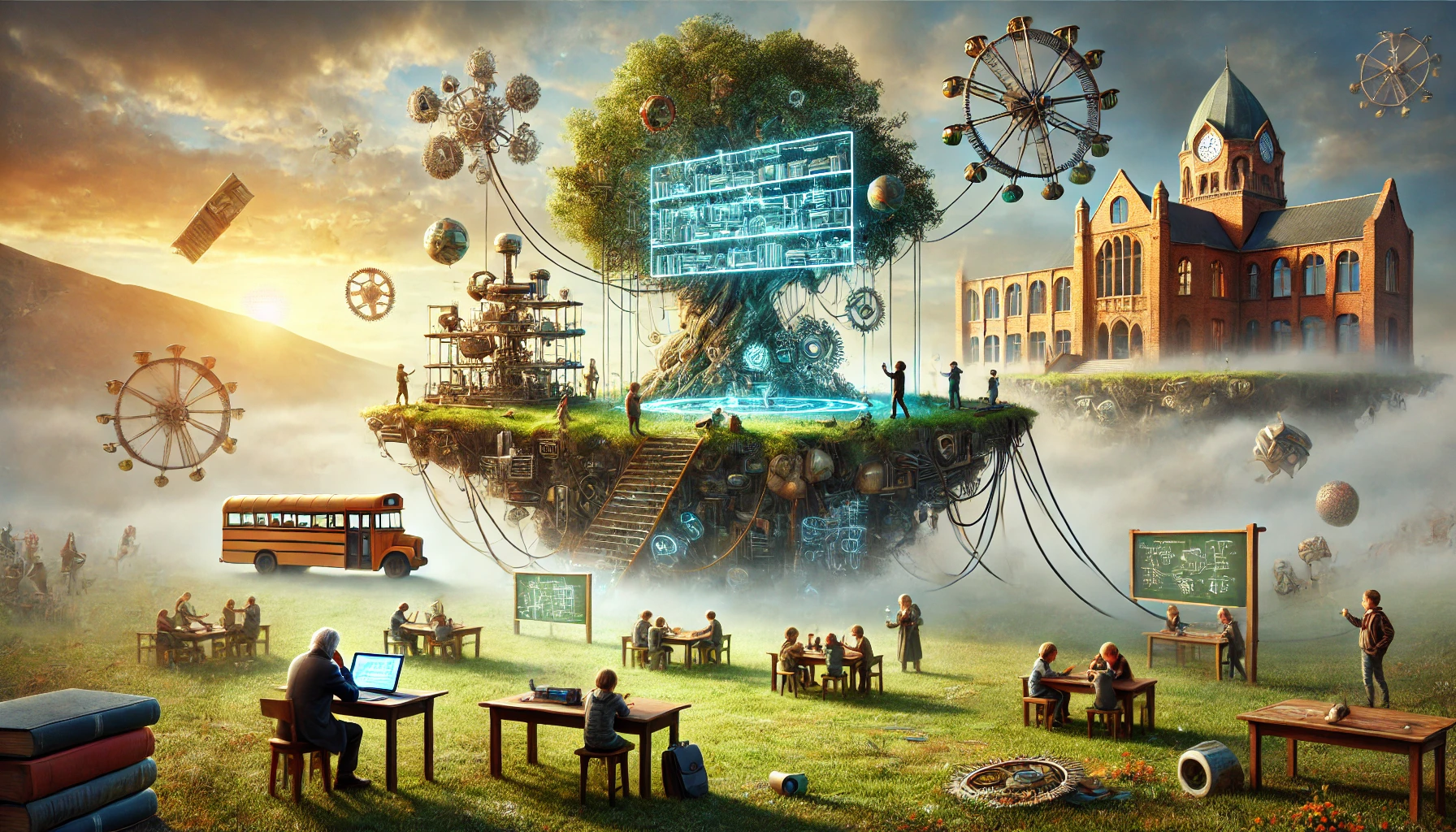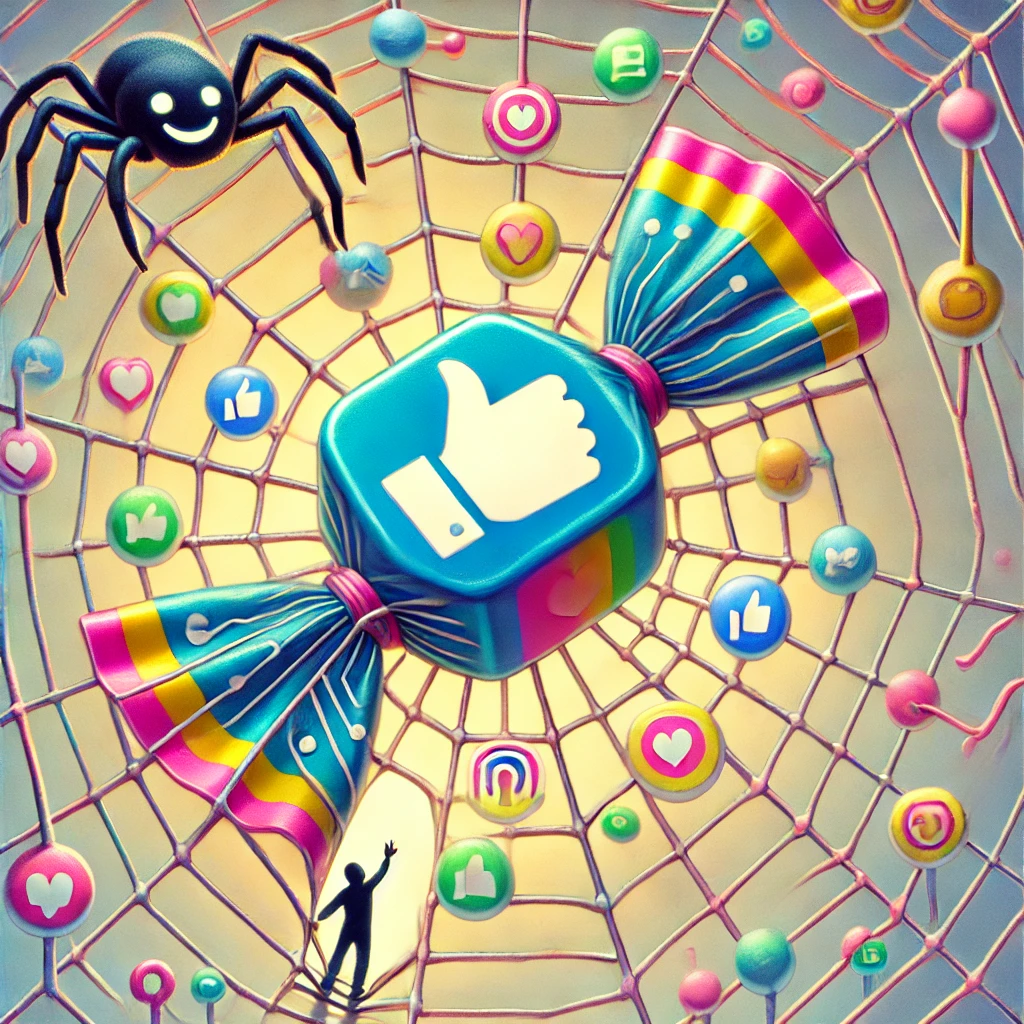Despite the technological advancements and increasing resources, why do so few software products truly stand out?
As we conclude the era of digital transformation, software has become the backbone of modern civilization. From the apps on our smartphones to the complex systems that manage global supply chains, software is omnipresent. Yet, despite the abundance of technological resources and talent, truly great software remains a rarity. The journey of crafting and sustaining exceptional software is fraught with challenges that most companies are simply not equipped to handle.
The Unseen Complexity of Software
Building great software is akin to assembling a finely tuned orchestra. It demands a harmonious blend of creativity, technical prowess, and relentless attention to detail. Yet, unlike a one-time symphony performance, software development is a continuous process of iteration and evolution.
Take, for example, Slack, the collaboration tool that revolutionized workplace communication. What appears to be a simple, intuitive interface belies the enormous complexity under the hood. Slack’s success hinges on its ability to seamlessly integrate with countless other applications, handle millions of real-time messages, and scale effortlessly as its user base grows. Achieving this required a deep understanding of user needs, robust software architecture, and a relentless commitment to performance and reliability.
Similarly, Netflix, the streaming giant, showcases the monumental effort required to deliver a seamless user experience. Behind its slick interface lies a labyrinth of algorithms, data processing systems, and content delivery networks. Netflix engineers constantly fine-tune these components to optimize streaming quality, personalize content recommendations, and anticipate user demand. This level of sophistication and foresight is what keeps Netflix ahead of its competitors.
The Craft of Software Development
The process of building software is deceptively complex, involving a multitude of skill sets and disciplines. It starts with understanding the market and identifying a real problem to solve. This requires empathy and human-centered design to create solutions that resonate with users. However, empathy alone isn’t enough. The solution must be translated into a product through meticulous software architecting, development, testing, and support.
Software architecting is the blueprinting stage where developers decide how the software will be structured. This includes choosing the right technologies, defining system components, and ensuring scalability and flexibility. Poor architectural decisions can lead to technical debt, where short-term fixes accumulate, causing long-term issues that hinder progress and inflate costs.
Development and testing are where the software takes shape. This phase demands rigorous coding practices, automated testing frameworks, and continuous integration and deployment (CI/CD) pipelines to ensure quality and reliability. Even with these practices in place, maintaining and evolving software over time requires constant vigilance. As user needs change and technology advances, software must adapt or risk becoming obsolete.
The Challenge of Sustaining Great Software
One of the most significant challenges in software development is sustaining greatness over time. Software is a living organism, constantly evolving in response to new requirements, user feedback, and technological advancements. This perpetual state of flux makes it difficult to maintain high standards and avoid the pitfalls of decay and technical debt.
Consider GitHub, the platform that has become synonymous with modern software development. GitHub’s ability to provide a stable, reliable service while continuously introducing new features and improvements is a testament to the complexity of software maintenance. The platform handles millions of repositories, supports collaboration among developers worldwide, and integrates with a vast array of tools and services. This level of functionality and reliability doesn’t happen by accident; it requires a disciplined approach to software engineering and a culture of continuous improvement.
The Organizational Challenge
Most companies struggle to replicate the success of giants like Slack, Netflix, and GitHub because they are not set up to handle the complexities of software development. Building great software requires a multidisciplinary approach, combining technical expertise with strong project management, user experience design, and a deep understanding of the market. It also demands a culture that values continuous learning, collaboration, and innovation.
Unfortunately, many organizations are bogged down by bureaucratic processes, siloed teams, and short-term thinking driven by yearly results. These factors create an environment where technical debt accumulates, innovation stalls, and suboptimal outcomes become the norm.
In these organisations it is celebrated as a highlight when BadSoftware® is upgraded from version 14 to 18 on-time and on-budget, just before it would otherwise go out-of-support.
How will your organisation win?
In a world increasingly driven by software, the stakes for getting it right have never been higher. Companies that aspire to build great software must invest in the right talent, foster a culture of excellence, and embrace the complexity of the craft. They must recognize that software is not a one-time investment but an ongoing journey that requires dedication and foresight.
As users, developers, and stakeholders, we must ask ourselves: Are we willing to invest the time, resources, and effort needed to build and sustain truly great software? Will we settle for mediocrity in a market where excellence is necessary to win? Or would we be better to partner with passionate and nimble outsiders who have a track record of success rather than continue thinking we can do it all?
The answer to this question will shape the future of technology and determine which companies lead their industries in the Age of AI we are entering.








